New VR tool could reduce diving time and enhance efficiency of aquaculture operations
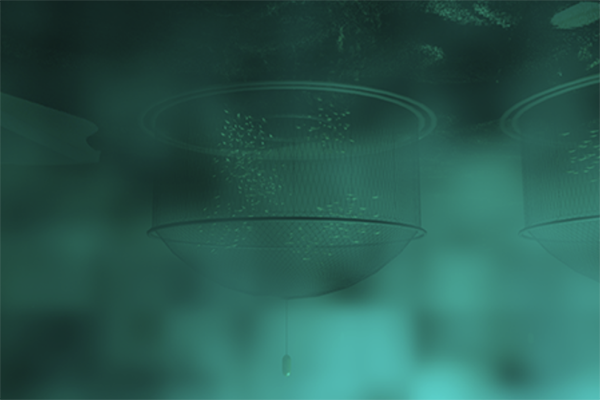
In a first for the aquaculture sector, a new digital platform inspired by virtual reality (VR) technology used in the subsea energy and oil and gas sectors is being developed to enhance the health and safety of divers on fish farms.
Led by researchers at the National Manufacturing Institute Scotland (NMIS), operated by the University of Strathclyde, the project was recently awarded funding of around £50,000 (U.S. $55,000) from the UK Seafood Innovation Fund (SIF) with additional support from the Sustainable Aquaculture Innovation Centre (SAIC).
Designed to replace existing paper-based dive planning, the system will use underwater 3D scanning with images captured by remotely operated vehicles (ROVs) to create a virtual replica of a seafood farm, supporting divers to plan activities ahead of entering the water.
“3D scanning and VR technology are already used in many industries such as aerospace and energy, and there could be a significant opportunity for aquaculture to follow,” said Awais Munawar, visualization theme lead – digital factory at NMIS. “Of course, there are also challenges to overcome, which is the purpose of this feasibility study. For instance, fish farms are not fixed structures in the way that many oil platforms are, and the environment can be quite different depending on the location and depth of the water.”
Divers will be able to use a mobile, tablet or even a VR headset to gain a better understanding of the fish farm environment through a digital model that can help them to assess the difficulty of the dive, what actions are required in terms of maintenance and cleaning and whether any additional equipment is needed underwater.
NMIS is working with Ocean Kinetics – a provider of diving services to a range of sectors including aquaculture, energy and renewables – and Viewport 3, specialists in subsea 3D scanning, to create a test platform based on a Scottish Sea Farms site in Shetland.
“We are also looking to test a small 5G network to improve communications as part of diving activity in remote locations,” said Munawar. “This could be used to update the information captured by the ROVs in real-time, as well as alert any nearby vessels to the fact that divers are in the water. In the future, the system could have the potential to become part of a full digital twin, with additional data and images already captured by sites integrated into the platform to give a full picture of the situation under the water.”
Considered one of the most complex and dangerous roles in aquaculture, diving is still undertaken manually. But the new digital planning tool could boost health and safety in various ways. With better access to information ahead of a dive, it could reduce the time needed in the water, support a better understanding of new or unfamiliar sites and identify additional training or support needs.
For seafood producers, it could also enhance the efficiency of maintenance programs, with the images captured by ROVs identifying issues, such as the presence of marine growth ahead of divers going underwater. More streamlined dive schedules could also reduce interaction with fish.
“This is a great example of how the aquaculture sector can work together with experts in subsea technology, manufacturing and other industries to learn from best practice and accelerate digital transformation,” said Sarah Riddle, director of innovation and engagement at SAIC. “Designed specifically for seafood producers, the new tool could support training, maintenance, inspections and even environmental monitoring, helping to future proof the sector as it continues to grow.”
Follow the Advocate on Twitter @GSA_Advocate
Now that you've reached the end of the article ...
… please consider supporting GSA’s mission to advance responsible seafood practices through education, advocacy and third-party assurances. The Advocate aims to document the evolution of responsible seafood practices and share the expansive knowledge of our vast network of contributors.
By becoming a Global Seafood Alliance member, you’re ensuring that all of the pre-competitive work we do through member benefits, resources and events can continue. Individual membership costs just $50 a year.
Not a GSA member? Join us.
Author
-
Responsible Seafood Advocate
[103,114,111,46,100,111,111,102,97,101,115,108,97,98,111,108,103,64,114,111,116,105,100,101]
Tagged With
Related Posts
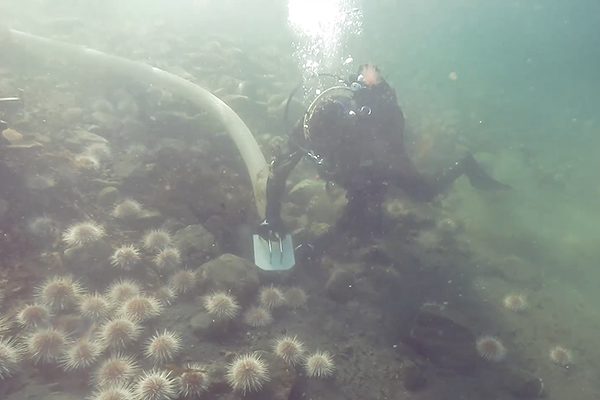
Intelligence
The seafood technology we didn’t know we needed: a sea urchin vacuum
An Indigenous business operating in Atlantic Canada is testing a sea urchin vacuum developed by C Robotics to improve harvesting efficiency.
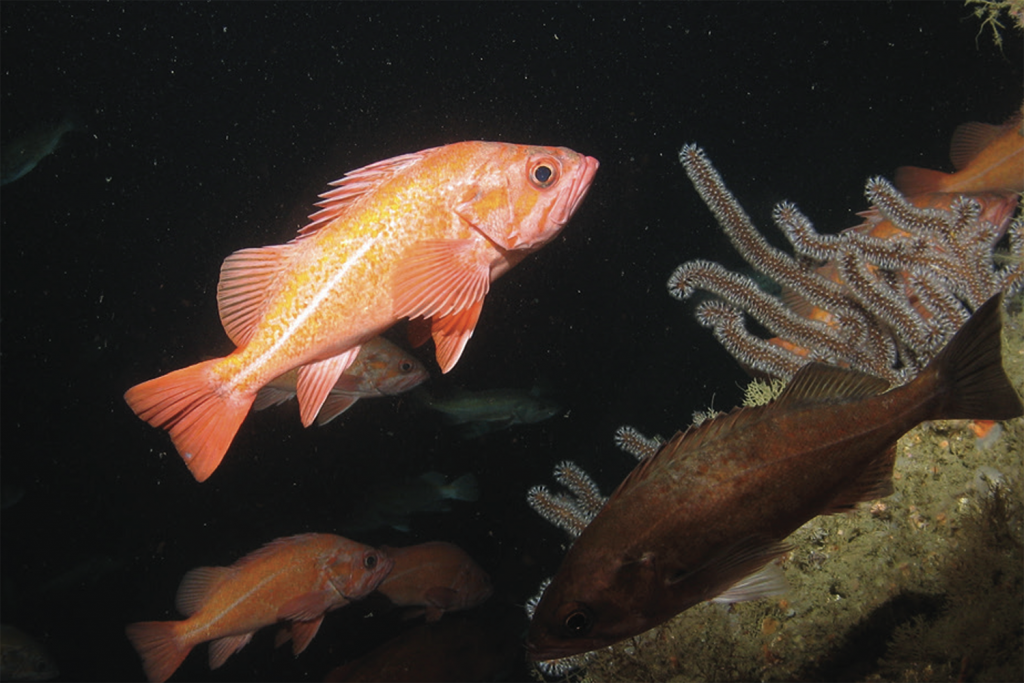
Fisheries
How data from remotely operated and autonomous underwater vehicles inform fisheries management
Management of fisheries in Alaska, the Pacific Northwest and the Gulf of Maine are starting to be informed by decades’ worth of data collection using remotely operated vehicles and autonomous underwater vehicles.
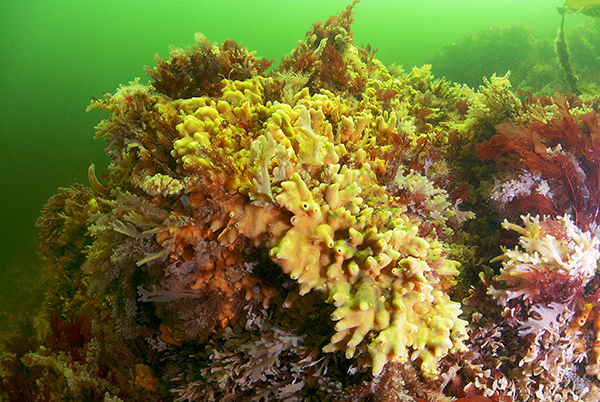
Intelligence
Remotely operated vehicles are helping aquaculture gain a deeper understanding of the seabed
Experts are using remotely operated vehicles to map and monitor the seabed, which could produce information to inform aquaculture operations.
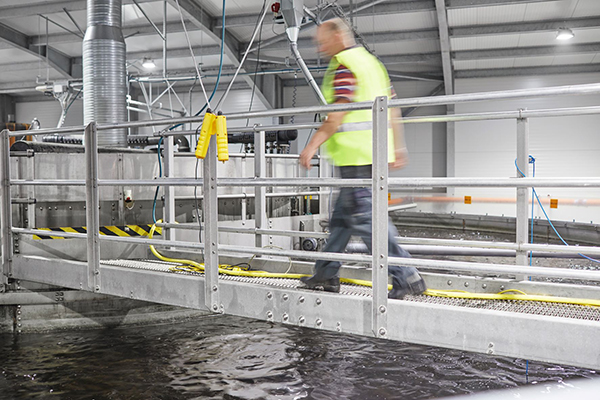
Intelligence
Blue Aqua to develop Singapore’s first high-tech trout farm
Using a proprietary recirculating aquaculture system, Blue Aqua is developing Singapore’s first high-tech fish farm for producing rainbow trout.



